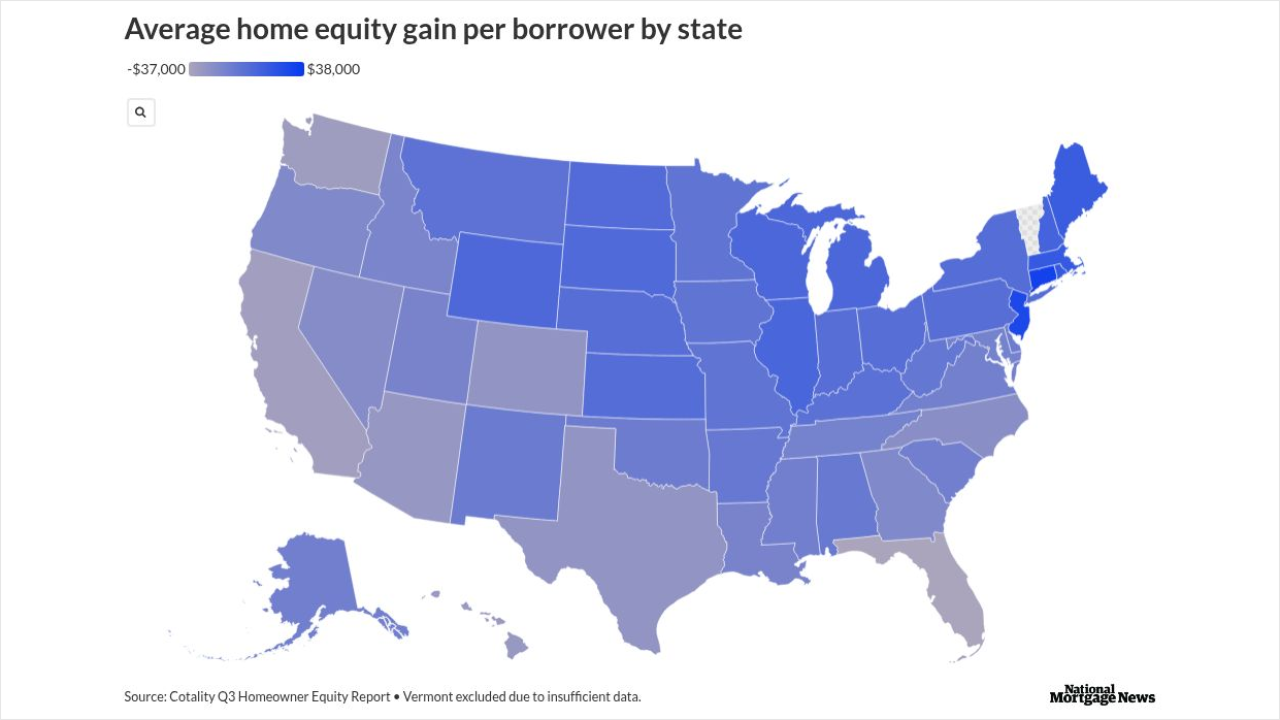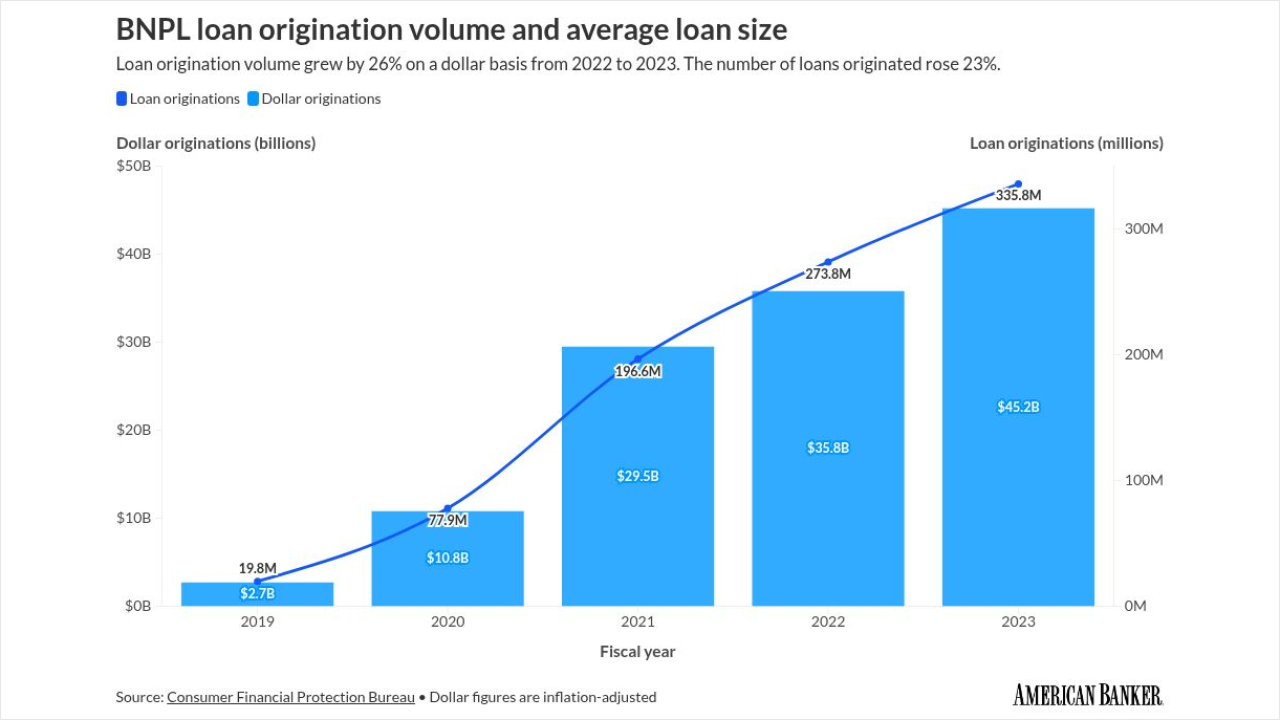After a slow start to the New Year, mortgages were on fire last week. Spreads on 30-year Fannie Mae 4.5s were six basis points tighter; 5s were in nine basis points; 5.5s and 6s were each five basis points tighter; and 6.5s were unchanged. In 15s, spreads were three to four basis points firmer in 4s through 5.5s, with the exception of 4.5s, which tightened eight basis points.
The sector was well supported by real money and relative value accounts. The investors felt confident with the market holding range bound, volatility remaining low and limited supply, as originators last week averaged less than $1 billion per day. As the spreads illustrate, the trend was down in coupon, due in part to curve flattening; however, higher coupons recovered after getting hit following the collapse of the Fannie 6 roll in the first week of the year. At the same time, 5.5 rolls have strengthened a bit, according to JPMorgan Securities. In recent research, analysts noted that last month there was around $8 billion of FNMA 5.5 large mega pools created. While there was more than enough supply available, JPMorgan analysts are concerned that recent performance suggests there may be similarly larger purchases for January. Based on what happened to 6s last year, there is concern that the 5.5 roll may become special.
GNMAs also put in a strong performance on a seemingly insatiable appetite from overseas - particularly Asian accounts. Over the week, spreads were seven basis points richer in 5s through 6s, and five basis points firmer in the wings.
Analysts are mixed on the sector; however, the majority is neutral to positive. In comments from Country-wide Securities, analysts believe that if rates remain range bound and prepayments remain stable, the sector should continue to garner good buying support. The only concern is the market is expensive, so "buying the basis at this juncture requires a degree of faith that the market will continue its remarkable run." UBS also notes that mortgages are attractive versus alternative sectors. Given last week's strong performance, many analysts may decide to move towards neutral or underweight this week.
Merrill Lynch analysts are concerned about the rich valuations and are recommending an underweight to the sector because "investors are simply not being paid for the risk in the sector." Spread levels valued on low volatility are not efficient, Merrill notes, especially since the market can't remain in a 20 basis point range forever. Other issues analysts raise are that the market is becoming increasingly negatively convex mortgages due to the higher loan limits on conforming loans, and the flattening curve could make the carry trade less attractive.
Refi activity holds steady
The Mortgage Bankers Association reported last week that the Purchase Index declined nearly 6% to 393 on a seasonally adjusted basis, while the Refinance Index was up 1% to 1721. On an unadjusted basis, purchases and refinancings jumped 38% and 45%, respectively. As a percentage of total applications, refinancings were 49% versus 48% in the previous report; ARM share was virtually unchanged at 32.7% versus 32.6%.
Freddie Mac reported a slight decline in fixed mortgage rates for the week ending Jan. 14. The 30-year fixed- rate mortgage rate fell three basis points to 5.74%, while the 15-year rate slipped two basis points to 5.19%. ARM rates, meanwhile, were unchanged at 4.10% for the one-year, and up two basis points to 5.05% for the 5/1 hybrid.
Looking ahead to this week's MBA report, JPMorgan expects the Refinance Index would hold in the 1700 area. What will closely be observed, however, is the Purchase Index. Still, at this point, application activity is a bit muddied by the distraction of the holiday season. In addition, many mortgage lenders will be closed Monday in observance of the Martin Luther King, Jr. holiday, which may further cloud activity in the near term.
Also of note is the increase in the hybrid ARM rate, albeit slight, due to curve flattening. This bears close watching in the weeks ahead because it could impact speeds on discount securities. In recent comments from Bear Stearns, analysts note that while 30-year fixed mortgage rates have held range bound over the past several months, 3/1 and 5/1 hybrid rates have increased by nearly 20 basis points in the past two months. "If this trend continues," Bear researchers say, "it has the potential to not only slow down hybrid speeds but also affect discount 30-year speeds." Researchers estimate that 20% to 30% of discount speeds are driven by the attractive refinancing activity hybrids have offered.
December prepayment slower than expected
The December prepayment reports were mixed with Fannie Mae MBS unchanged to 1% CPR higher on average; Freddie Mac issues increasing between 5% and 10% CPR; and GNMAs slowing for many coupons and vintages. Regarding the FNMA report, consensus anticipated increases of 1% to 3%; however, speed increases were mostly slower. The exceptions were super premium seasoned issues that increased sharply. For example, 1993 6s jumped nearly 16%.
Gold speeds had been lagging FNMA speeds and are currently in the process of playing catch up. It was expected that speeds would eventually converge as rates stabilized and began rising.
Meanwhile, GNMA speeds slowed versus expectations ranging from 1% to 3%. Still, speeds remain substantially faster than conventional counterparts. The slowing speeds may be the result of prime borrowers who have already refinanced into conventionals, combined with existing and lower credit quality borrowers who may not have the opportunity or confidence to move into ARMs or IO products.
JPMorgan research reported paydowns in December totaled around $59 billion with net fixed-rate issuance declining $3 billion. The outlook for January is for modest 5% to 10% declines. While mortgage rates and day count for the January period are similar to December, application activity is about 10% lower, says Lehman. JPMorgan expects paydowns to decline to $53 billion from the $59 billion area. Looking ahead to February, further declines are anticipated, as the early winter months traditionally see slower turnover. In addition, February has fewer collection days.
Copyright 2005 Thomson Media Inc. All Rights Reserved.
http://www.thomsonmedia.com http://www.asreport.com





